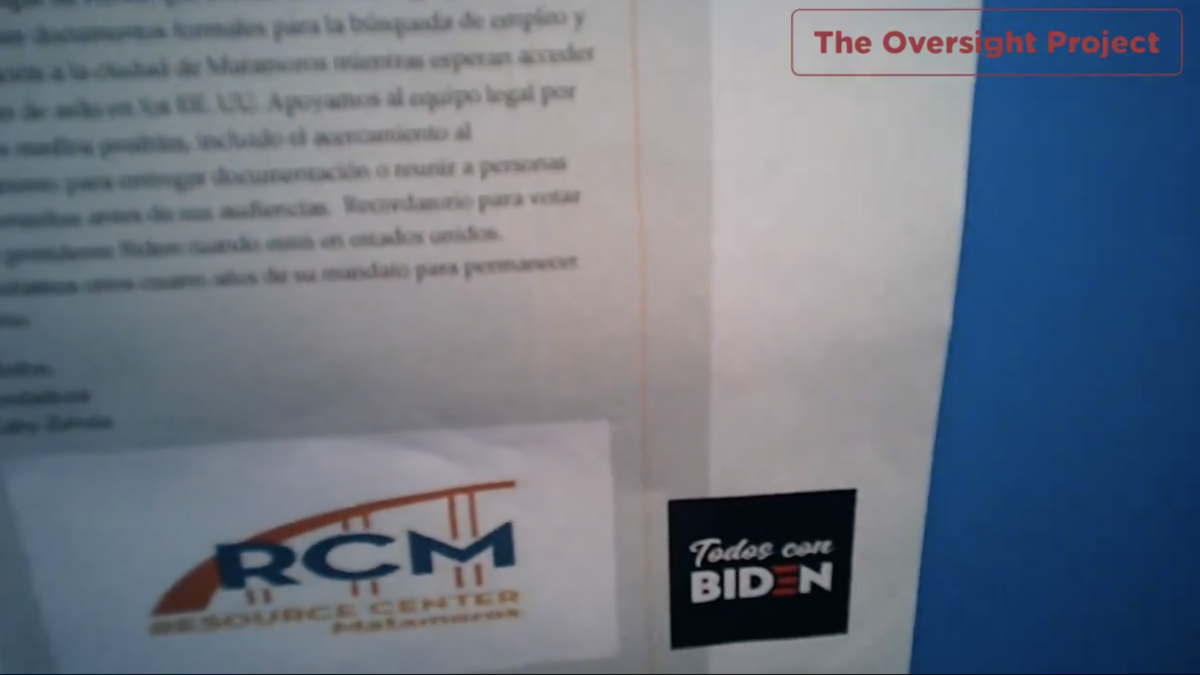Chris Cillizza, the Clown Prince of Fake News noted for his blue-framed glasses and his inability to deal with criticism, has rolled out another conventional wisdom claim that deserves debunking but should not require it given its utter departure from the facts. Headline: “Why Chris Christie is right. And Ted Cruz is wrong.” The subject, as you may imagine, is the debate raging between a vindictive soon to be jobless Chris Christie, having played the part of Salacious B. Crumb in 2016 to no avail, and Cruz, who is having to justify to the press why he voted against the Sandy relief bill when Texas will clearly be in need of something even more sizable to rebuild after Harvey.
The truth, despite Cillizza’s claim, is that the Sandy bill contained everything but funding for a traffic study in Fort Lee. Here’s an easy way to tell whether a bill primarily contains emergency spending: the spending is right now. It’s an emergency. Here’s a way to tell when it isn’t: when the spending is directed at things that have nothing to do with said emergency, and are instead funding things years into the future. The Sandy relief measure was an example of the latter.
Here’s the CBO score. Note when the bulk of money was actually expected to be spent. According to CBO’s outlay tables, 24 billion dollars of the allocated funds weren’t expected to be spent until 2016 or after. The hurricane, for reference, was in 2012. And according to CBO, nearly 4 billion of the spending in that bill didn’t even pretend to be for emergencies: 3.459 billion was actually designated as non-emergency spending.
The bill itself is here. Its summary is here. Cruz’s statement at the time on the Sandy bill is here. And the Roll Call vote is here. Here is a Heritage report about the bill at the time. Here is fiscal hawk Tom Coburn on the problems with emergency disaster bills. And here are some things you will find if you read all of these, including specific spending in the Sandy relief bill that has nothing to do with emergency needs or any relation to disaster relief:
16,000,000,000 dollars for Community Development Block Grants (11 billion higher than HUD was requesting at the time)
600,000,000 for State and Tribal Assistance Grants under the EPA
348,000,000 for “construction” for the National Park Service
100,000,000 for Head Start
50,000,000 for the Historic Preservation Fund at the NPS
45,000,000 for upgrades to NOAA aircraft
22,000,000 for upgrading NOAA weather equipment
50,000,000 for “construction” for Fish and Wildlife Services
24,000,000 for the Defense Working Capital Fund
10,000,000 to Small Business Administration to plus up grants to organizations seeking to participate in disaster relief
4,400,000 for “capital improvement” to the Forestry Service
3,000,000 for oil spill research
2,000,000 for the Smithsonian’s famously leaky roofs.
1,000,000 for new cars for the DEA.
1,000,000 to the Legal Services Corporation.
There’s more than that, but this seems to be the most obvious examples. Consider this question: even today, five years removed from Sandy, how much of these billions of dollars in appropriated taxpayer money remains to be spent? And if there is significant money, would Governor Christie support repurposing those funds for immediate and direct disaster relief for the people suffering and dying right now in Houston? If not, why not? Or will he even admit such money exists?
The key question with an emergency spending bill is whether it will immediately help the people and homes and businesses and infrastructure in the affected areas. It is not whether the spending has some technical, distant “relation” to what is going on, which is how the WaPo and Cillizza have defined it. There was a hurricane! Fixing the Smithsonian’s roof is totally related!
If this is your definition of legislative analysis, you may be a blue-framed glasses wearing nincompoop who has spent his career failing up.







